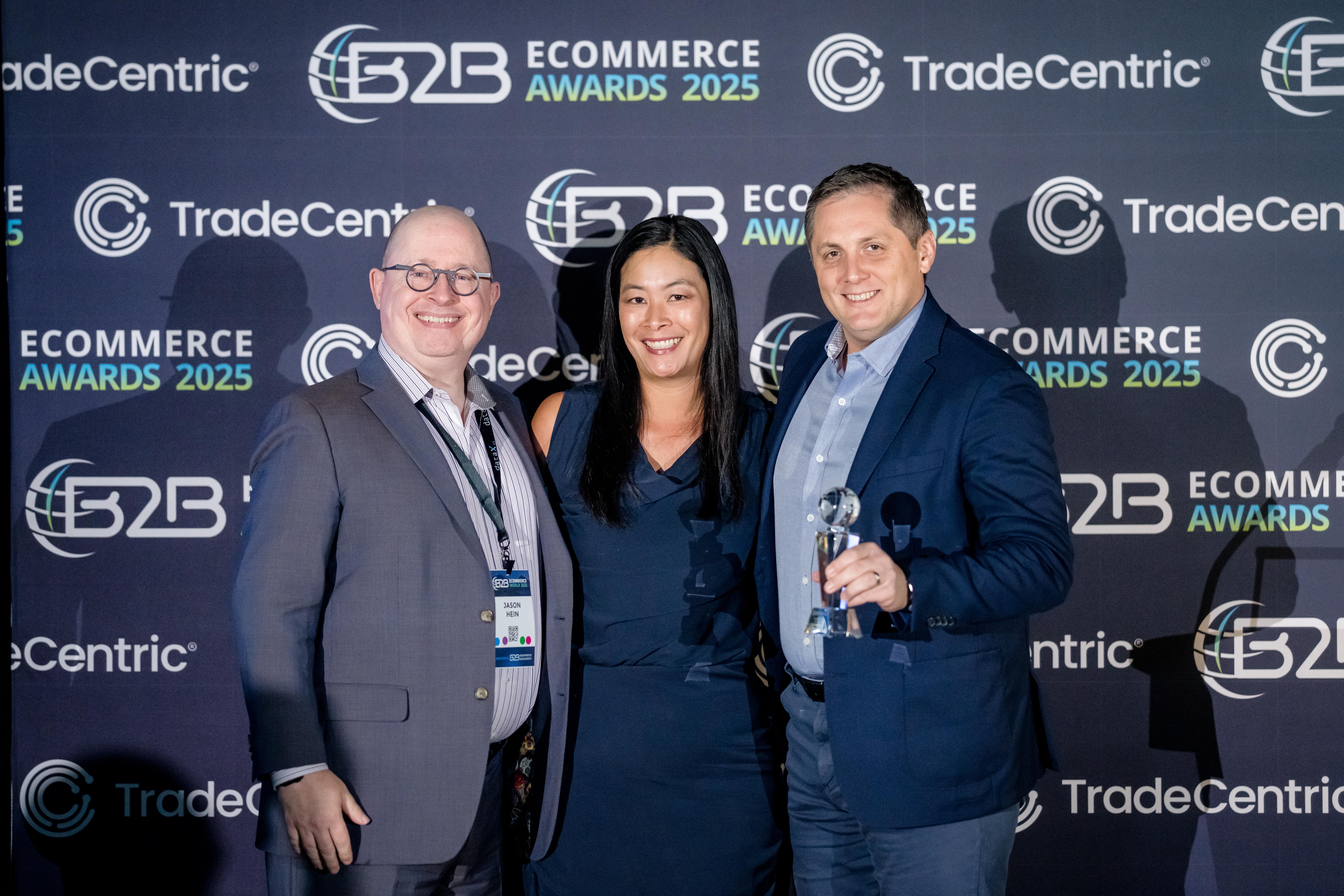Dana Point, Calif. – The Progressive Retailers Organization
(PRO Group) reported a healthy first quarter, outperforming the industry average,
and is anticipating 8 percent growth for its members during 2011.
Dave Workman, executive director of PRO, and George Manlove,
chairman, president/CEO of Vann’s, discussed the group’s business and the overall
industry during an interview with TWICE Tuesday evening at its annual spring
event held at the St. Regis at Monarch Beach, here.
Industry trends for the types of products PRO members sell could
provide the market with a tipping point this year, with specialists benefitting
at the expense of big box retailers who may not be able to compete in a
marketplace where inventory can be better shown and displayed online than at a
large retail store, Workman said.
He remarked that so far this year PRO’s members have become
more strategic in planning for sales growth.
“Our members have done well in audio and mobile [electronics].
There has been stabilization in TVs in terms of mix,” Workman said. While
member Sixth Avenue Electronics has had its well-documented problems during the
first quarter, Workman said PRO’s first-quarter sales were up 8 percent, and
were up 10 percent excluding Sixth Avenue.
As for 2011 business, Workman added, “There is much more
clarity than the past three years, since 2008.”
He noted that business for PRO’s members has firmed up
enough so that his group has a “slightly positive outlook” and is cautiously
optimistic about 2011, predicting good single-digit growth.
PRO, which traditionally has sales volume of around $2
billion annually, should see sales reach between $1.7 billion and $1.9 billion by the end of the year, “depending upon Sixth Avenue and the growth at
Paul’s TV,” Workman said.
How PRO is growing is due to its strong base in home audio, according
to Workman, which has performed well, and its “mix in the TV business. If you
look at the results, take advantage of the new technology. Our members have the
capabilities to explain these features.”
He added, “In this softer economic environment luxury
consumers are healthier than the other types of customer [groups], which are
our customers.”
Connected TV and 3D TV are two technologies that play into
the strengths of PRO members, according to Workman. While he thinks his members
do a better job than mass retailers with these categories and that there is still
room for improvement, the key is not just presenting the technology but how it
is presented.
He feels that connected TV is one piece of a puzzle and part
of a “combination of products” that can be sold to consumers.
Connected TV promotes selling bigger TVs that are more
profitable than smaller screen sizes, which have been victimized by big price
moves, Workman said.
Retailers should position 3D “as a feature” of upscale LED
TVs, but the category is still challenging.
Workman noted a Consumer Electronics Association (CEA)
report his members were briefed on earlier today indicating the replacement
cycle for TVs, which many thought would shorten due to new technologies, is
still about nine years.
Comparatively, mobile products, which Vann’s has been
successfully selling, have an 18-month replacement cycle.
Manlove of Vann’s sees tablets as “another device that comes
in addition to, and [is] not cannibalizing, other A/V products.”
He observed, “It is interesting to see how tablets will be
used, but my guess is that it will be a media consumption device to be used
outside and inside the home.”
Manlove agreed with Workman that tablets won’t replace large
screen TVs in the main room of the home, but may replace 32-inch sets and other
sizes.
Workman said TVs are becoming a niche business in bigger
sizes with tablets taking the role of other smaller screen TVs.
He noted that in the analog era the most popular sets were
19-, 27-, and 32-inch sizes sold by mass retailers and specialists focused on
big screens.
“HDTV gave a window of opportunity for mass and specialty
retailers to sell it all. But now our dealers are focused on big screen sets
once again,” Workman said.
Manlove noted that with connected TVs and Blu-ray decks with
the same functions “it will be interesting to see which device will do which
functions” as the market develops.
In 3DTV Workman asked the question, “What is the value
proposition for consumers? The problem so far is that some salespeople don’t
sell upscale sets if a consumer says, ‘I don’t want a 3DTV. They go to a lower-end
model.”
But the real battle in 3DTV “has just started between
passive and active glasses. It reminds me of VHS vs. Beta. There are strong
forces on both sides and we will need explain the two,” Workman noted.
And while PRO members can explain the differences, he noted,
“I am not a fan of confusion… since the net effect [on the marketplace] is
negative. Some consumers will stay away.”
When asked about shortages and the effects of the Japanese
earthquake on product supplies he said, “manufacturers are saying little… [there
has been] some word about isolated spot shortages but nothing definitive.”
Workman said that he is waiting for the other shoe to drop
in terms of shortages, with power outages across Japan being a major problem going
forward.
Manlove pointed out that the CEA data that was presented to
members on Monday indicated that there is “more of a reason for [suppliers to]
support specialty channels with assisted sales floors than ever before.
“We are looking for partnerships, looking for strong
alliances that are critical to their success and ours. We know how to present
new technologies and are looking at how to improve logistics and our supply
chain and our speed to market” to become more profitable.
Workman said, “There are a lot of mature categories out
there and you can’t grow just by selling more boxes. Mix is important.”
He noted that TV makers especially have relied too much on
mass channels in recent years and that independents are more of an answer to
the profitability problem. “We need product mix, not [unprofitable] volume. The
industry should want multiple types of retailers to prosper,” he said.
Speaking of national competitors, Manlove commented that
Best Buy’s problems are a lot bigger than the Internet sales taxes that the
chain complained that Amazon.com doesn’t pay in many states.
“I hope [Vann’s] competes
effectively in the web space not just on price. It is very costly to do
business on the Internet. But a compelling experience online is important.
Specialists have been able to do that for 14, 15 years with a mix of product,”
Manlove said.
Workman added that if there is an Internet sales tax,
“Amazon will find a way to battle with Best Buy on that. Amazon is the best at
what they do and Best Buy is the best at what they do.”
Concerning channel management online Workman said, “Suppliers
have to put more thought into it when it comes to online sales. Amazon is a
general merchandise retailer. You don’t have to sell them” the entire line,
Workman said.
And he hinted that PRO’s supplier of the year, an audio
company, does “business with Amazon, and does business with us, but with
different lines and we are all successful.”












